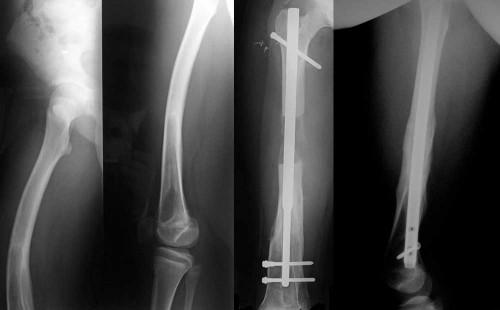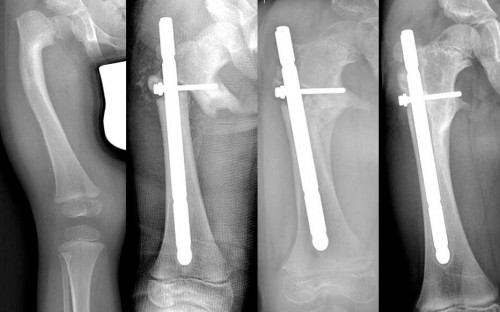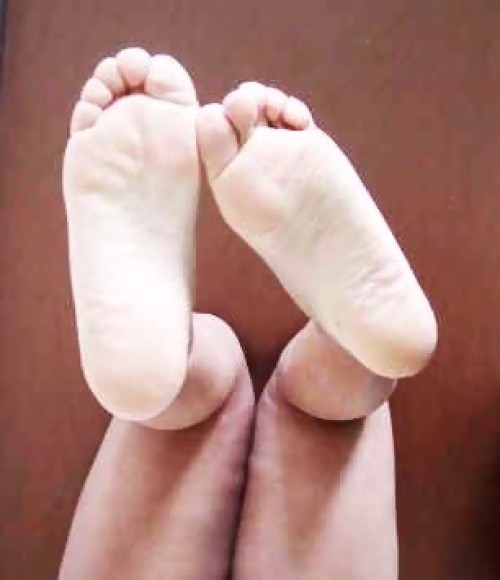
The deformations of the bone axes are of different types according to the affected bone axis. Angular changes are measurable (angles usually measured in degrees). Deformations affect different bone planes. In the child, the important is the analysis of the deformation at the time when it is evaluated during the visit, but also take into account the future evolutionary risk, which requires several considerations and controls during the growth. A weak anomaly may initially become more important, and vice versa. The deformations of the bone axes are of several types following the affected bone axis. Angular changes are measurable (angles usually measured in degrees). The deformations concern the different bone planes. FRONTAL PLANE • Varus/Valus: Such deformations are known in the public at knee level. The knee varnish corresponds to the legs to "O", the valgus, the legs to "X". The back foot can be in varnish or I’m worth. • Supination/pronation: These are deformations that affect the hand or forefoot. The supination of the hand corresponds to a launching in which the palm of the hand turns upwards. Pronation (for "taking") is the movement in which the palm of the hand turns downwards (similar to the movement in extreme valgus). TRANSVERSE PLANE • Internal rotation The rotation involves two different anatomical elements. For example, when the femur rotates internally or externally with respect to the pelvis. The torsion is a rotation movement within the same bone, between its ends. An excessive femoral torsion means that the torsion between the upper and lower extremities of the femur is greater than the normal one. SAGITTAL PLANE • Flexus/extensus: These terms concern the joints, the flexum corresponds to an articular flexion, the extensum to an extension. POSITION Lesions may be located: ASSOCIATION OF BONE DEFORMATION Bone deformations can be associated within the same bone, more bones, or even associate one or more bone deformations with one or more joint deformations. Sometimes, in cases of femoral hyper-torsion with the same type of abnormality in genu varum, in case of relative hypoplasia of the lateral femoral condyle, there may be a fault of winding of the lateral condyle, which will lead to an opening of the angle between the two facets of the patella, to a risk of dislocation or to a lateral subluxation of the patella. The patella will "drool" on the side of the condiment. These anatomical variations of bone tissue and joints are often accompanied by abnormalities of soft tissues, for example by a hypoplasia of the broad medial quadriceps (quadriceps bundles/faisceaux that is located on the inner and upper knee). A rigorous evaluation of the anatomical and functional anomalies involved in each axis anomaly will allow to realize the suitable treatment with respect to the particular case, "tailor-made", associating bone and soft tissue corrections. All deformations shall be analysed in the three planes of space at each level of deformation. Corrections shall, as far as possible, be made at deformation level and shall be well planned to allow for complete or sub-complete correction.
The lesions are visible on the "frontal" plane, that is the same as that of the "face", parallel to the plane of vision. Depending on the type of bone/joint, these are deviations into:
It represents the plane that cuts the body transversely and corresponds to the plane of the belt but placed more or less on top of the human body. It is distinguished:
• External rotation
It’s the top plane that corresponds to the vertical plane that cuts the human body in length, from top to bottom and from back to front. The following deformations are distinguished:
• Procured/Recurved: These terms relate to deformations within the bone, the procurvato corresponds to a flexion (flexum) in the bone, the recurvato to an extension (extensum) within the bone.
Articulation level: Deformation prevents complete movement of the articulation. For example, a flexum deformation of the knee prevents a complete extension.
At the level of the bone: They can reside at the level of the epiphysis, the metaphysis, the diaphysis, and they can be superimposed and combined.




Weymouth Street Hospital
42-46 Weymouth St.
London W1G 6DR, UK
Phoenix Hospital Group
9 Harley Street
London W1G 9QY, UK
Harley Street Specialist Hospital
18-22 Queen Anne St.
London W1G 8HU, UK
Studio Dr. Guichet
Corso Magenta, 44
20123 Milano, IT
+39 0236758514